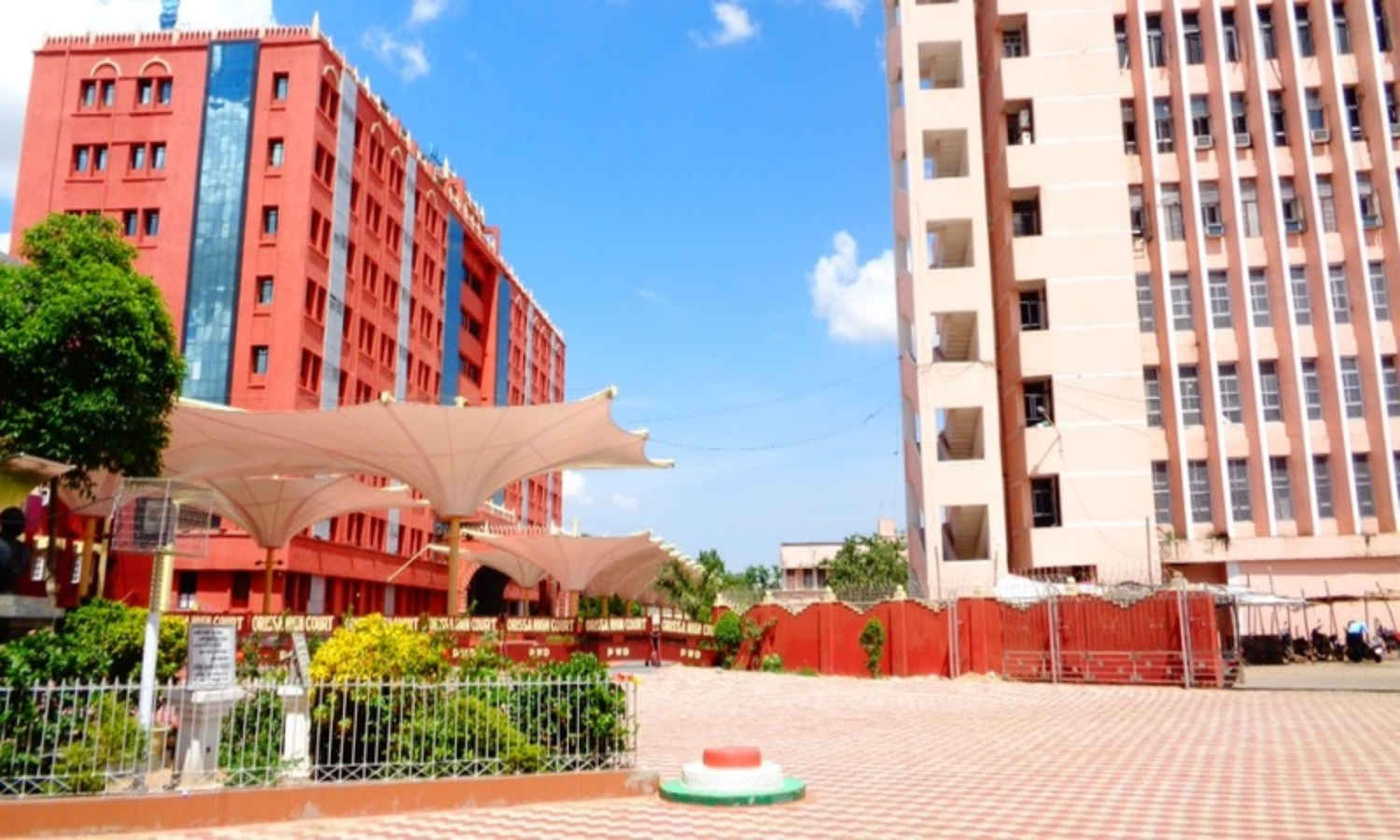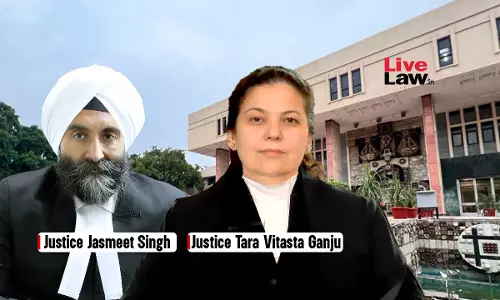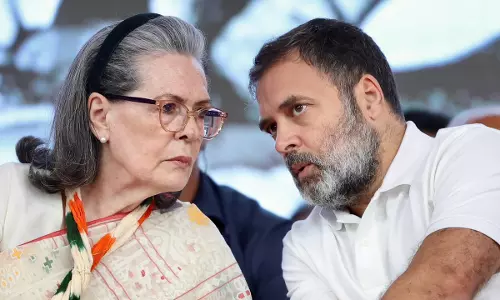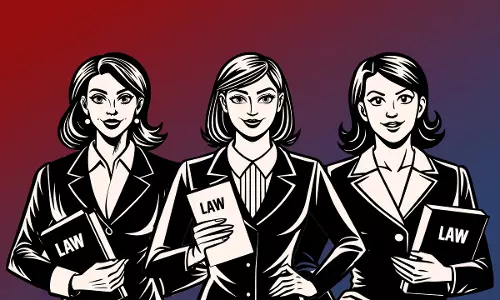Orissa High Court Upholds Conviction Of Dara Singh & Other Accused In 1999 Father Arul Doss Murder Case

The Orissa High Court has upheld the conviction of Dara Singh alias Rabindra Kumar Pal and his co-accused for the murder of Father Arul Doss in Mayurbhanj district of Odisha in the year 1999. While affirming the conviction and sentence pronounced by the Trial Court in September 2007, a Division Bench of Chief Justice Dr. S. Muralidhar and Justice Chittaranjan Dash held,"The charge as...
"The charge as framed clearly indicates the manner of commission of the crime. As explained in Hamlet@ Sasi (supra) the common intention of four persons who came armed with lathis and committed the crime of killing father Arul Doss and burning the church has been clearly established. The two ingredients to attract the finding of the guilt for the substantive offences with which they have been charged, with the aid of Section 34 IPC, stands fully established."
Factual Background:
On 1st/2nd September, 1999 at around 2 AM in the night when some persons belonging to the Christian community were performing a dance in front of the Jambani Church, the present appellants along with some others armed with lathis formed an unlawful assembly, trespassed into the church and asked for Father Arul Doss, who was then sleeping in a room in the church. Hearing their noise Kete Singh Khuntiar (Informant & PW 3) came out and subsequently, somebody assaulted PW 3 on the back of his head by a lathi and resultantly, he became unconscious.
After some time, he regained his senses and heard Father Arul Doss shouting loudly. Out of fear, he went into the jungle and informed the Sarat Police Station. This information was ultimately forwarded to the jurisdictional Police Station at Mahuldiha the following morning i.e. 2nd September, 1999. The FIR was registered against four unknown persons.
PW 22, who was the OIC of Mahuldiha P.S. visited the spot and held an inquest on the dead body of Father Arul Doss. On gathering information, the appellants were arrested by PW 22. At the end of the investigation, a charge sheet was submitted against the present four appellants and others. Finally, 17 persons, including the present appellants were sent up for trial after charges were framed against them under Sections 120B/149, 323/149, 147, 148, 302/149 and 436/149, 452/149 and 212/149, IPC. Whereas the present four appellants were convicted for the offences aforementioned, the remaining 13 accused were acquitted of all the offences. Therefore, the present appellants approached the High Court against such conviction.
Contentions:
Mr. C.R. Sahoo, counsel for the Appellant No. 1 contended that to attract the offence punishable under Section 149 IPC, there has to be a minimum number of five persons in the unlawful assembly whereas in the present case, the FIR was initially lodged against four to five persons. Although seventeen persons were sent up for trial, there was no unidentified or absconding accused. Therefore, once seventeen persons were acquitted the rest four could not be convicted without any specific overt act for the offence punishable under Section 149, IPC. Once seventeen out of 21 accused got acquitted, the logical conclusion is that the assembly should be held to have comprised only four persons, and not five.
He further submitted that here was an absence of clear and cogent motive for the crime. The non-conducting of the Test Identification Parade (TI Parade) was also fatal to the prosecution case.
Mr. Devashis Panda, counsel for Appellant Nos. 2-4, contended that when the charges were framed, the appellants were alleged to have been part of an unlawful assembly and their individual roles were not specified. However, Section 34 IPC, if it is to be attracted, requires the accused to be informed at the stage of charge that he is being tried for his individual role in the joint act. If that is not done, prejudice would certainly be caused to an accused. For attracting Section 34 IPC, the charge has to advert to participation of the individual offender in some form or the other. To buttress the argument, reliance was placed on multiple precedents including the recent one in Mahendra v. State of M.P.
Again, he argued that mere presence of a witness, who identifies an accused for the first time during the trial, could not be accepted unless it is confirmed by other corroborative evidence. Reliance was placed on Sidhartha Vashisht alias Manu Sharma v. State (NCT of Delhi) and Rabindra Kumar Pal alias Dara Singh v. Republic of India.
Court's Findings:
The Court relied on the observations made by the Apex Court in Mahendra v. State of M.P. (supra),
"It was not the case of the prosecution that there are other unnamed or unidentified persons other than the one who are charge-sheeted and faced trial. When the other co-accused persons faced trial and have been given benefit of doubt and have been acquitted, it would not be permissible to take the view that there must have been some other persons along with the appellant in causing injuries to the victim. In the facts and circumstances, it was as such not permissible to invoke Section 149 IPC."
Accordingly, the Court held that it is not possible in the present case to sustain the conviction against the four Appellants for the offence punishable under Section 149, IPC. However, the Court observed that one has to see whether in the present case, even if it is held that Section 149 IPC is not attracted, whether the appellants could be still convicted with the aid of Section 34 IPC.
The Court acknowledged that the charges framed do not mention Section 34, IPC. However, the Court clarified that the decision in Hamlet @ Sasi v. State of Kerala, says that even in such cases, Section 34 IPC can be invoked subject to the following two requirements:
- It has to be established that there was common intention to commit the crime; and
- The participation of the accused in the commission of the crime has to be established.
It was also held in the above case that once the above two elements are established, even an overt act on part of some of the persons in sharing the common intention is not necessary.
Hence, the Court delved to examine whether the present Appellants did share the common intention to kill Father Arul Doss and burn the church in question. It observed,
"A careful perusal of the evidence of PW-2 shows that he could identify each of the present Appellants. His evidence was cogent, clear and convincing. He clearly knew the aggressors as they had come earlier to the same place. The mere fact that a TI Parade was not conducted would not discredit the testimony of the said eye-witness."
The Court then relied upon Raja v. State, wherein it was observed,
"…if the material on record sufficiently indicates that reasons for "gaining an enduring impression of the identity on the mind and memory of the witnesses" are available on record, the matter stands in a completely different perspective. This Court also stated that in such cases even non-holding of identification parade would not be fatal to the case of the prosecution."
Keeping in view the above decisions of the Supreme Court, the Bench held that in the instant case, since the identity of the four appellants has been established beyond reasonable doubt through the testimony of PW-2, the non-holding of TI Parade to have them identified by PW-2, is not fatal to the case of the prosecution.
The Court further rejected the submissions made on behalf of the appellants that in the absence of specific charge invoking Section 34, IPC and attributing to each of the appellants an overt act, severe prejudice has been caused to them by not giving them an opportunity of defending themselves against the charge, as unacceptable.
Consequently, the Court sustained the conviction of the appellants for the offence punishable under Sections 302/323/436/452 of IPC with the aid of Section 34, IPC. The sentences awarded to each of them for the aforementioned offences were also affirmed. However, they were acquitted of the offences punishable under Sections 147, 148 and 149, IPC.
Case Title: Dara Singh @ Rabindra Ku. Pal & Ors. v. State of Odisha
Case No.: CRLA No. 525 of 2007
Judgment Dated: 7th September 2022
Coram: Dr. S. Muralidhar, CJ. & Chittaranjan Dash, J.
Judgment Authored By: Dr. S. Muralidhar, CJ.
Counsel for the Appellants: Mr. C.R. Sahoo (for Appellant No. 1) & Mr. Devashis Panda (for Appellants No. 2-4)
Counsel for the Respondent: Mr. Janmejaya Katikia, Additional Government Advocate
Citation: 2022 LiveLaw (Ori) 135




